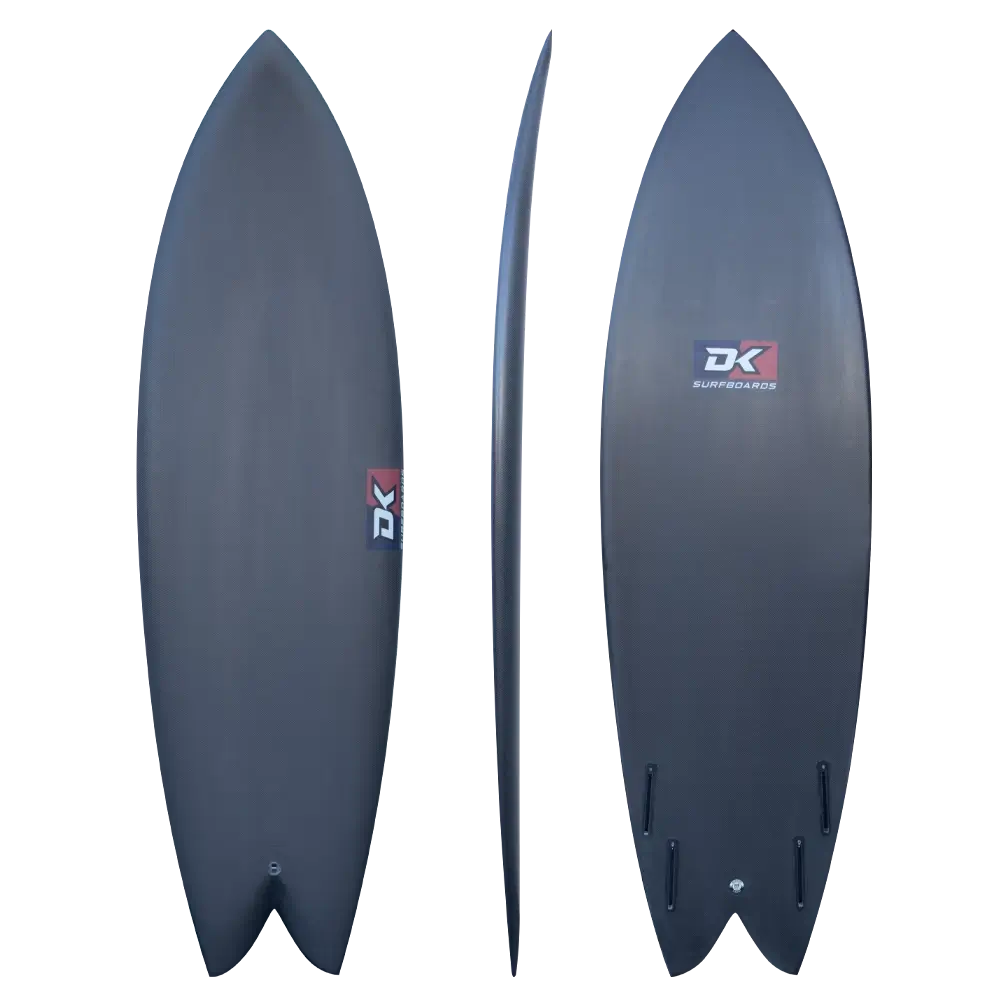Material Technology

DK offers a wide variety of composite technology from your standard PU/PE to the most advanced vacuum bagged carbon fiber composite layups in the game. The custom board builder here on the site has some of the options but there is too many variations to add them all. If you are interested in an alternative technology in your custom board reach out to DK and discuss your options that are best suited for your board and what that would cost. Below is an explanation of some of the materials we offer and why we use them.


PU/PE
The standard in surfboard manufacturing for decades and often referred to as a “Poly board”. A Polyurethane foam blank is glassed with Polyester resin and fiberglass. Generally the most affordable of the options and the easiest to work with. Ridden by every pro surfer ever to ride a surfboard. The majority of surfboards are still manufactured with this method today and here at Harborside Glassing we fiberglass upwards of 100 Poly surfboards every week.


Epoxy
Epoxy is a more expensive superior resin that is often used in combination with EPS foam blanks (beaded styrofoam) to keep the board ultralight and lively. Lots of people prefer to use epoxy boards in smaller conditions and enjoy it for its flex and strength. Epoxy is also the resin we choose to use on all our Carbon Fiber boards and many of our different high-end composite lay ups. Epoxy boards can be both stringed (the piece of wood down the center of the surfboard) and stringerless while utilizing carbon fiber tapes and other reinforcements in place of a stringer allowing an even flexier alternative to a stringered epoxy
Epoxy Cons- Tends to yellow faster from the UV rays, costs more, and longer cure times equal a lengthier manufacturing process. Epoxy laminations can appear milky over dark color airbrushes. Not as stable in high heat situations!

3K Carbon Fiber Plain Weave
The standard in Carbon Fiber vacuum bagged surfboards popularized by Dark Arts. The 3K plain weave carbon is a common carbon fiber which is woven over 1 and under 1 every other weave sequence similar to most fiberglass cloths we use but with 3,000 tiny carbon filaments in each yarn of carbon fiber. 3K carbon has a similar weight to 6oz fiberglass but ends up extremely light after it is put under vacuum pressure and all the excess resin is pulled out of the cloth to create the flattest and strongest lamination possible. Generally a stiffer feeling board which is often ridden in smaller conditions by some of the world's best surfers. Carbon fiber costs 10X more per yard than a standard 4oz fiberglass and that in combination with a much more tedious vacuum bagging process during the glassing process makes these boards cost substantially more.
cons: CANNOT BE LEFT IN HEAT! Very prone to issues with heat. Often times we brush a coat of colored resin in the hotcoat on the deck to prevent the wax from melting so easily or burning your chest. For both the cost of the board and the issues with heat you should treat these boards like your favorite small child. Don't leave it in a car, or on the beach, or in the sun! It will bubble up and delay. All carbon fiber boards should be kept in a quality surfboard bag and out of direct sunlight or heat. With the right care these boards can last a very long time.

45/-45 Biaxial Carbon Fiber
The biaxial is basically unidirectional non woven carbon fiber orientated at 45 degrees with another layer running opposite under it at -45 degrees. Held in place by a thin black nylon type material to keep the weave in place at its proper direction. The 45/-45 Biaxial has the most flex of our carbon fiber options. Probably too much flex for larger more powerful surfers.
cons- Too flexy for some. More susceptible to breakage as the fibers aren't running in a nose to tail direction. Has the same heat issues as all other carbon fiber lay ups.

35/-35 Biaxial Carbon Fiber
Same scenario as the 45/-45 but slightly stiffer. Many people see a positive flex characteristic from this Carbon. A lot more flex than the standard plain weave 3k but less prone to overflexing like the 45/-45
cons-Same as above, also harder to find this type cloth.

Carbon/Innegra honeycomb
It looks like a snake skin or a chain link fence or something rad.... A woven carbon fiber hybrid option using a high-performance white polypropylene material called Innegra. The combination is strong with a positive flex and the Innegra has more dampening properties than that of the standard carbon fiber. Innegra is used in many composite applications like kayaks, hockey sticks, tennis rackets etc.

Flax cloth
Made from A plant called flax that is torn into a yarn and woven into a weave Flax cloth is an eco-friendly alternative to the above options. It looks cool like a burlap sack, Popularized by Dave Rastovich and the Stab Electric Acid test more people seem to be asking about Flax lately. It is fairly strong, has a cool flex. Generally we insist on vacuum bagging this material as it soaks up a ton of resin.
cons-It sucks lots of resin and can be a pain to work with.

Flax/Basalt
Another flax cloth this time combined with Basalt (A volcanic mineral, a poor man's carbon of sorts). Doesn't drink as much resin as straight Flax cloth, slightly stronger, much lighter therefore not necessarily needing to be vacuum bagged making it less expensive. Can be used with both Polyester resin and Epoxy resin.


Reach out to DK with any questions or come geek out on all the different options today!

